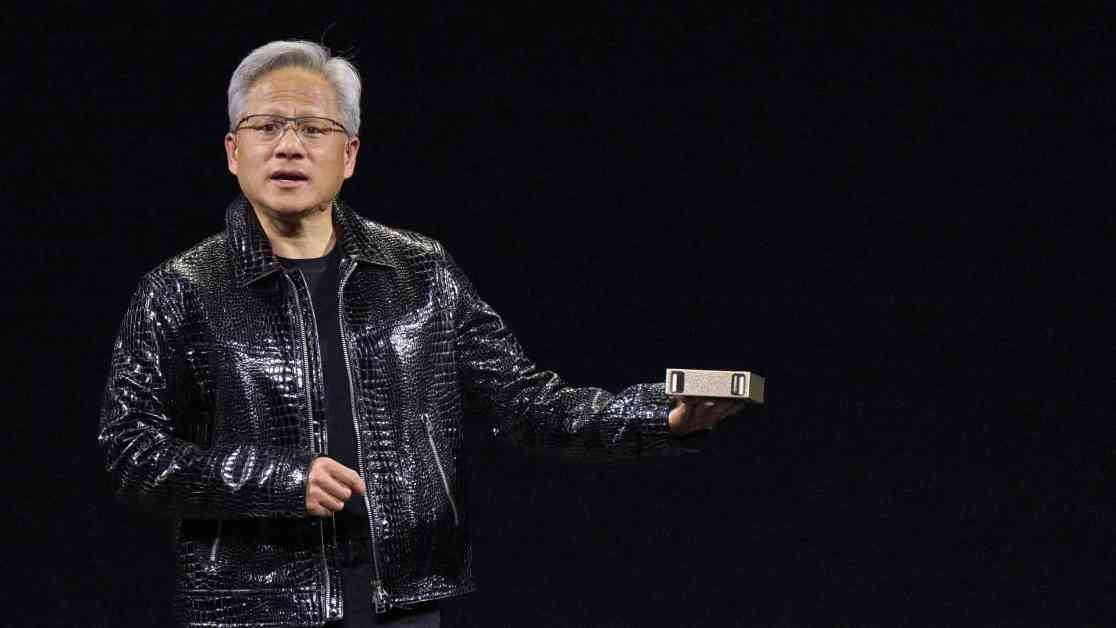Debunking Nvidia CEO’s Claims on Quantum Computers: D-Wave CEO Responds
In a recent turn of events in the quantum computing world, D-Wave Quantum CEO Alan Baratz has come forward to dispute Nvidia CEO Jensen Huang’s claims about the future of quantum computing. Huang’s remarks on Tuesday regarding the timeline and capabilities of quantum computers have sent shockwaves through Wall Street and the tech industry as a whole.
Dispute Over Quantum Computing Strategy
Huang’s comments suggested that Nvidia is pursuing a strategy that involves conventional chips working alongside quantum computing chips. However, he also mentioned that the current number of quantum processing units, or qubits, is insufficient for practical applications. According to Huang, it could take anywhere from 15 to 30 years to bring “very useful quantum computers” to the market, a timeline that has raised eyebrows among industry experts.
D-Wave CEO’s Response
In a swift response to Huang’s claims, D-Wave CEO Alan Baratz vehemently opposed the notion that quantum computing is a distant reality. Baratz emphasized that D-Wave is already commercializing quantum computers, with companies like Mastercard and NTT Docomo leveraging their technology for real-world applications today. This stark contrast to Huang’s projections highlights the existing capabilities of quantum computing and its potential impact on various industries.
Current Landscape of Quantum Computing
Quantum computing has long been a frontier of technological advancement, promising solutions to complex problems that traditional processors struggle to address. Companies like Nvidia, Microsoft, and IBM, along with startups and universities, are actively exploring quantum computing to unlock new possibilities in encryption, simulations, and more. The recent resurgence of interest in quantum technology, fueled by Google’s breakthrough in qubit research, has propelled companies like D-Wave to the forefront of innovation.
As the debate between Nvidia and D-Wave continues to unfold, the future of quantum computing remains uncertain. While Huang’s skepticism raises valid concerns about the challenges ahead, Baratz’s confidence in D-Wave’s current capabilities offers a glimpse into the transformative potential of quantum technology. The clash of perspectives between these industry leaders underscores the dynamic landscape of quantum computing and the ongoing quest for groundbreaking advancements.
With both sides presenting compelling arguments, the quantum computing industry stands at a crossroads, poised to redefine the limits of computational power and reshape the technological landscape. As the race towards quantum supremacy intensifies, the clash of visions between Nvidia and D-Wave serves as a testament to the relentless pursuit of innovation and the boundless possibilities that lie ahead in the realm of quantum computing.




















